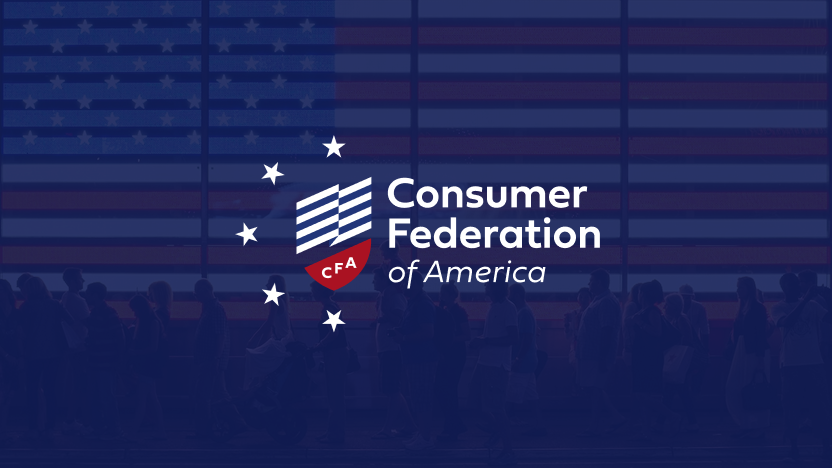Washington, D.C. -- A new analysis by the Consumer Federation of America (CFA) shows that a ten mile-per-gallon improvement in the fuel economy of new vehicles achieved over ten years would pay for itself – not just over the vehicle lifetime but on a monthly basis for the majority of consumers who borrow to buy. It further concludes that the National Highway Transportation Safety Administration (NHTSA) has slowed increases in fuel efficiency standards because of flawed analyses and calls on Congress to mandate a 35 mile-pergallon goal for Corporate Average Fuel Economy (CAFÉ).
“Our analysis proves a mandatory increase to 35 mpg in ten years passes both a consumer pocketbook test and a national cost-benefit test with flying colors,” says Dr. Mark Cooper, CFA Director of Research. “NHTSA’s flawed assumptions have prevented fuel economy improvements to date. If Congress continues to allow NHTSA to determine when and whether automakers need to improve fuel economy, we will get the same weak results.”
As the summer driving season begins with record gasoline prices and the Senate prepares to debate CAFE legislation, the report, entitled “A Consumer Pocketbook and National CostBenefit Analysis of Ten-in-Ten” analyzes the impact of moving from the current average of 25 mpg to 35 mpg in ten years on both the consumer’s pocketbook and the Nation’s “oil addiction.”
According to the CFA report findings, achieving 35 mpg fleet-wide benefits consumers.
- The fuel savings of more efficient cars offset any increase in the cost of the auto loan.
- Consumers can save up to $1500 with gasoline at $3 a gallon and nearly $1000 with gasoline at $2.50 a gallon.
- Save over 100 billion gallons of oil over the next ten years.
- Reduce oil imports by more than 15 percent when 35 mpg is reached.
- Cut emissions of global warming, green house gases by over a half-billion tons per year.
“In the past, the bureaucrats who set the standard have failed to reflect reality in their analyses, and that has cost us dearly,” Cooper said. “It’s time for our elected representatives to take leadership in setting fuel economy standards.”
CFA’s analysis finds that past analyses by NHTSA have failed to recommend increases in fuel efficiency because of unrealistic and irresponsible assumptions.
- The 2005 EIA Annual Energy Outlook, on which the National Highway Safety Administration (NHTSA) model relies, appears to be based on gasoline prices that are less than $1.50 per gallon in the next decade.
- NHTSA uses an estimate of social costs (externalities like economic burden, national security, and environmental harm) that is irresponsibly low – about at 10 to 20 cents a gallon – when the real social cost of these externalities should be ten times as high, such as $1- $2 per gallon.


